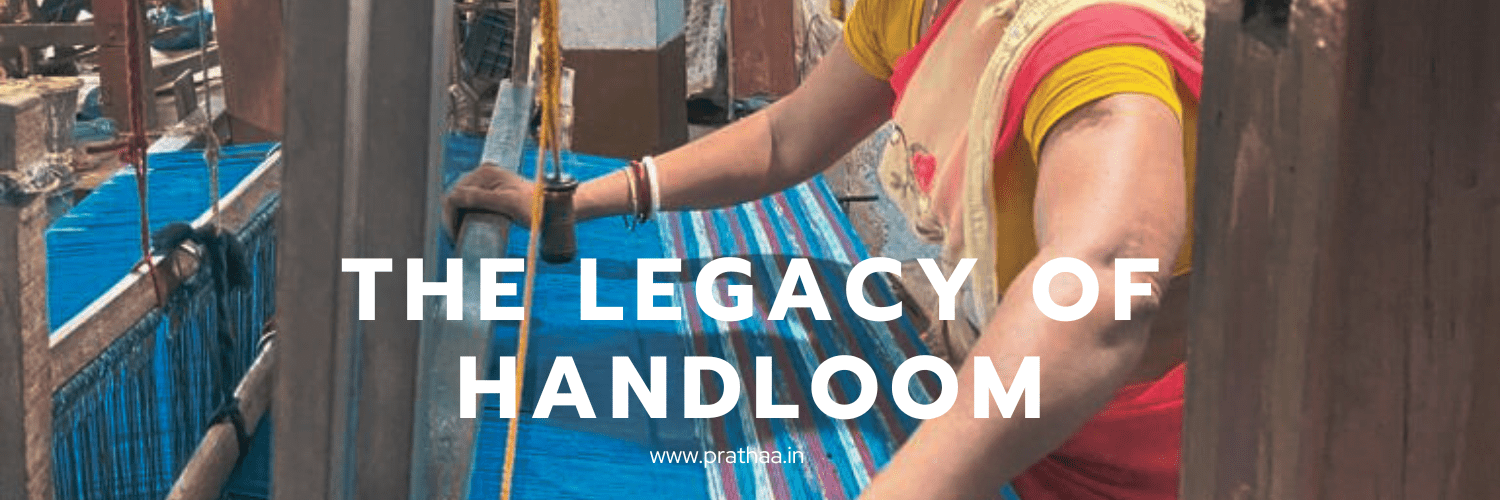
How does Handloom Contribute to Sustainable Fashion?
Since its inception, handloom has been synonymous with sustainable fashion. Its
origin in India can be traced back to the Indus Valley Civilization. Thereafter,
from the Swadeshi Movement, where handloom was the epicentre, to today,
handloom textile is the soul of tradition, culture, and slow fashion. Indian
handlooms produce with tradition, dyed in vibrant hues reflecting India's diverse
palette. The rhythmic clack of a handloom signifies the enduring legacy of
craftsmanship, shifting the spotlight on sustainable fashion which advocates
ecological integrity and social justice.
The Legacy of Handloom
A handloom is a tool used by skilled artisans to create beautiful fabrics in cotton,
silk, and wool. With the advent of e-commerce, it has become easier for weavers
to find their audience. Brands like Prathaa, advocates of handloom since their
inception, source hand-woven textiles from artisans and transform them into
accessible, gorgeous outfits, heralding a quiet renaissance of handloom.
Handloom's Contribution to Sustainable Fashion
Advocating Slow Fashion: Handloom weaving aligns with slow fashion
principles, emphasizing quality and longevity over mass production. Handloom
garments are meticulously crafted, resulting in unique pieces that resist the fast
fashion cycle of quick wear and disposal. Investing in handloom encourages a
shift towards valuing fewer, higher-quality items.
Encouraging Local Economies: Handloom weaving is predominantly practiced
in rural areas by small-scale artisans. By purchasing handloom products,
consumers directly support these weavers, promoting economic sustainability in
local communities. It ensures fair wages and preserves traditional livelihoods.
Pro-Environmental Process: Handloom weaving uses minimal energy
compared to machine production. The process relies on manual skill rather than
electricity or fossil fuels, significantly reducing the carbon footprint. Additionally,
handloom fabrics often use natural fibres like cotton, silk, and wool, which are
biodegradable and less polluting than synthetic materials.
Preserving Tradition: The aim is to preserves rich cultural heritage and
traditional weaving techniques, which are passed down through generations.
Each piece often tells a story through intricate designs and patterns, fostering a
deeper connection between the wearer and the craft.
In conclusion, handloom weaving is a cornerstone of sustainable fashion. By
embracing handloom products, consumers can promote environmental
stewardship, support local artisans, and preserve cultural heritage, all while
enjoying beautifully crafted garments. Prathaa's efforts to invigorate these
communities and the art of weaves is creating a legacy for the future. It is
brands like Prathaa who are contributing relentlessly to ethical fashion and
awakening the buyers of the new age.
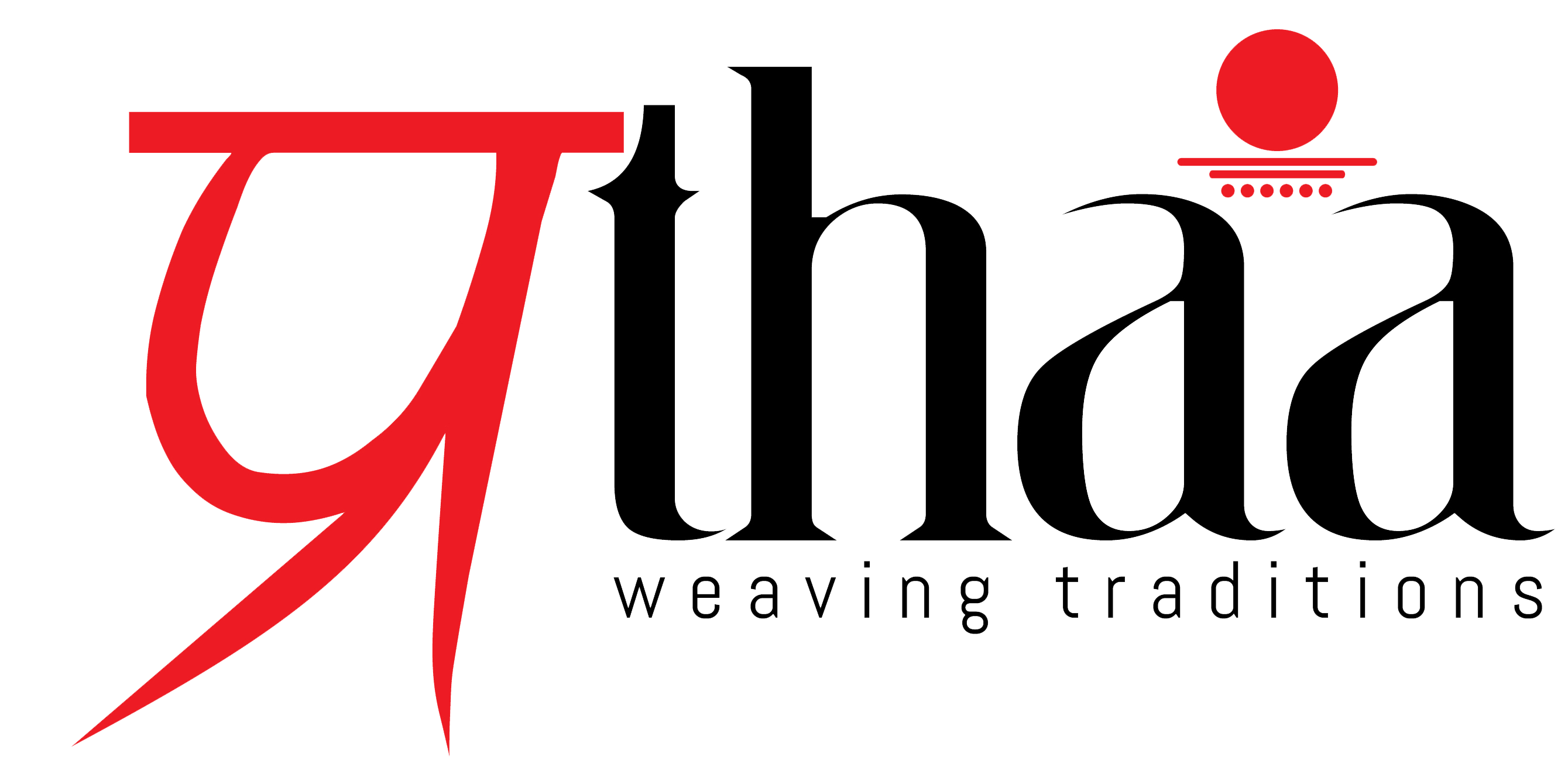
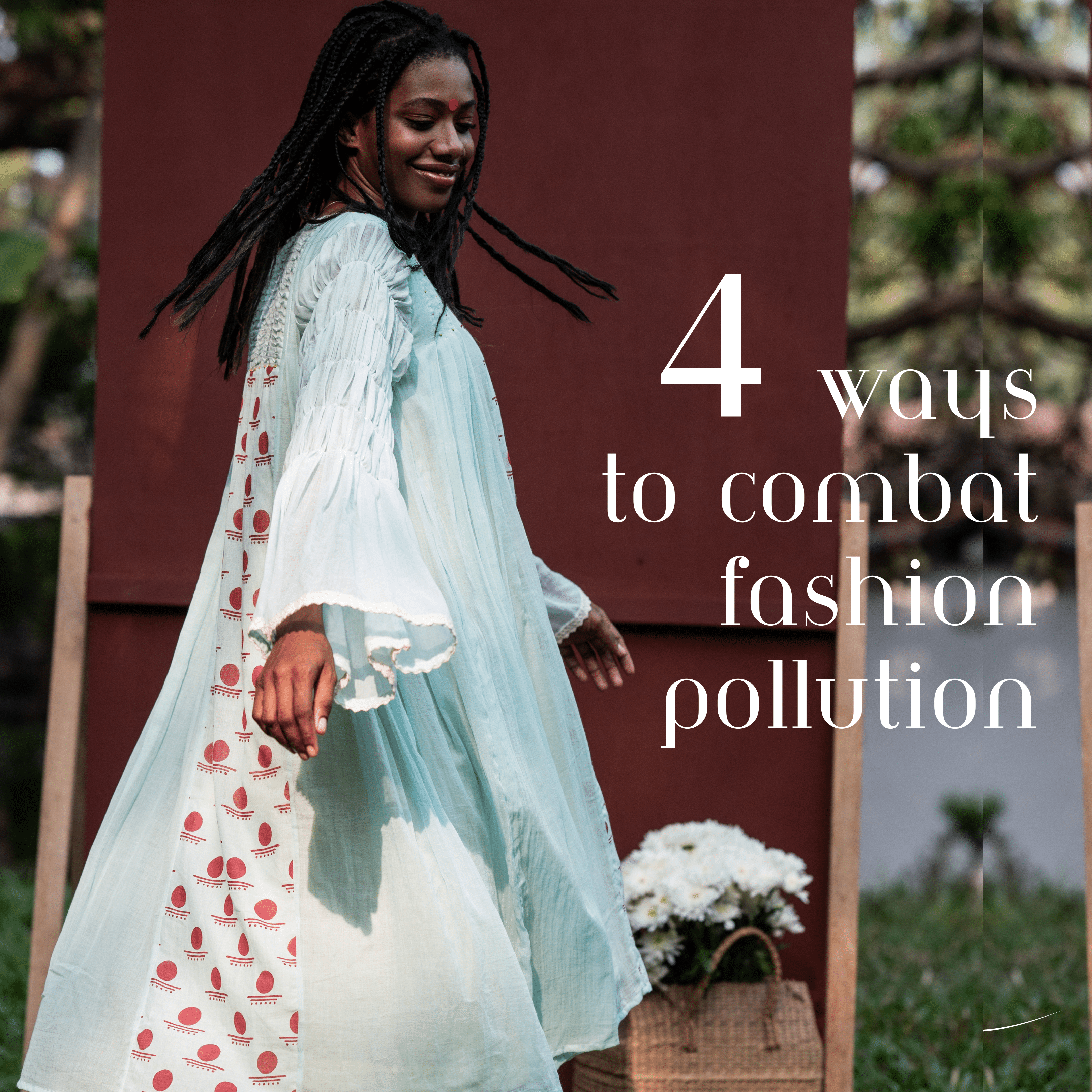
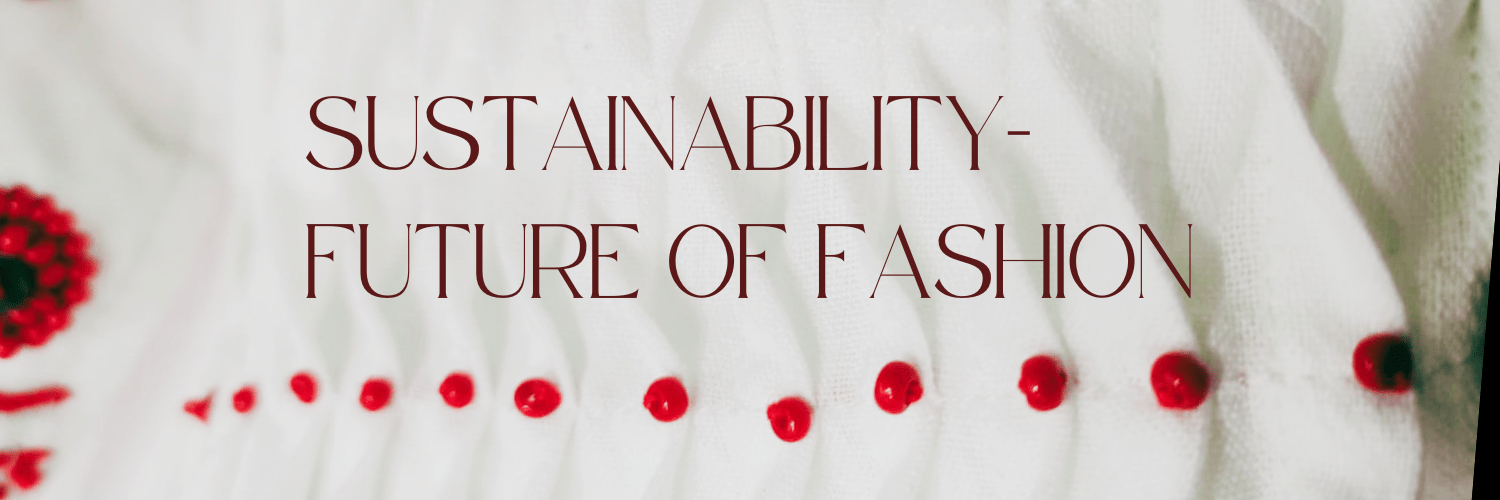
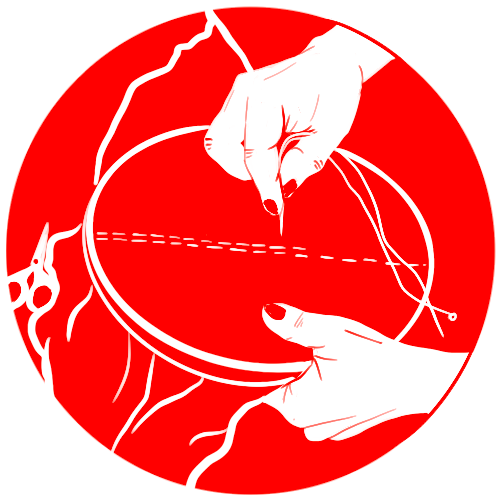
















Leave a comment
This site is protected by hCaptcha and the hCaptcha Privacy Policy and Terms of Service apply.